Judy Garland: Where Her Rainbow Began
A remote logging town in northern Minnesota pays tribute to its favorite daughter
1 of 11
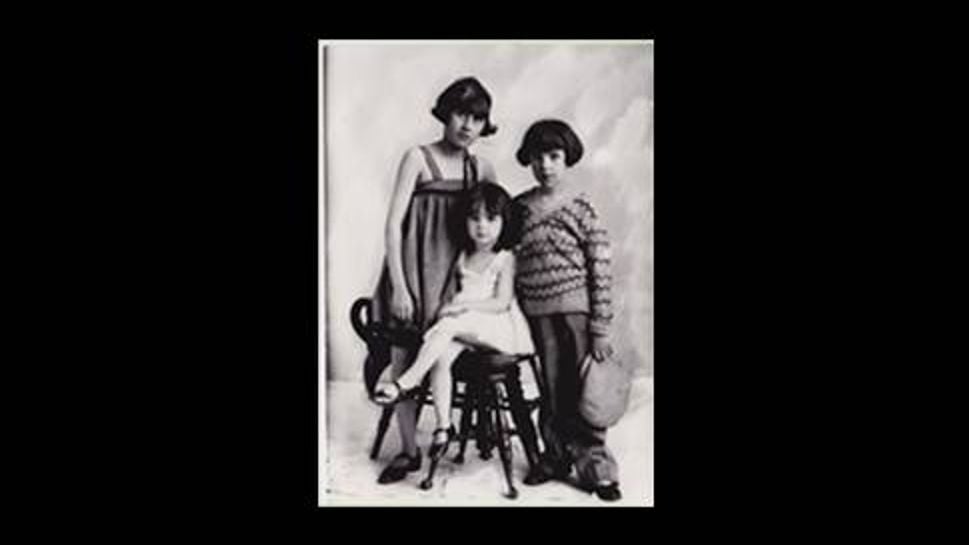
The three singing Gumm Sisters in 1924: Mary Jane, Frances Ethel (aka Judy Garland) and Dorothy Virginia. It's said that Judy outsung them all. In the Judy Garland Museum, you can see a poster from a vaudeville house in the remote, Eastern Sierra town of Bishop, Calif., with the Gumm Sisters on the bill.
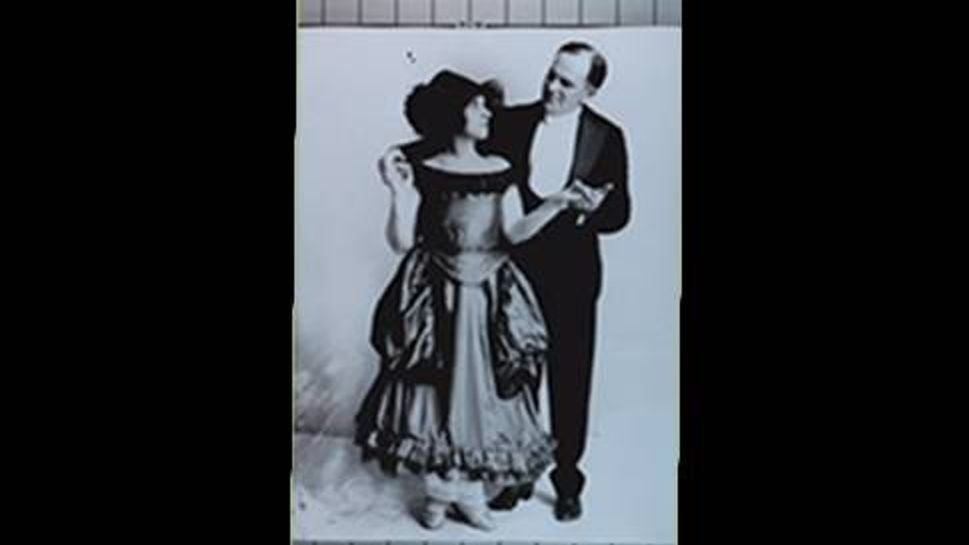
Judy Garland's parents, Frank and Ethel Gumm, were aspiring vaudeville performers. Here, they pose in costume as Jack & Virginia Lee, Sweet Southern Singers.

After Dorothy and friends arrived at the Emerald City, they were driven around in this Barouche Civil War carriage, which once belonged to Abraham Lincoln. The carriage, on display at the Judy Garland Museum, was used in more than 200 motion pictures. Pulling the carriage in The Wizard of Oz was the horse of a different color. And who was at the reigns? Frank Morgan, the Wizard himself.
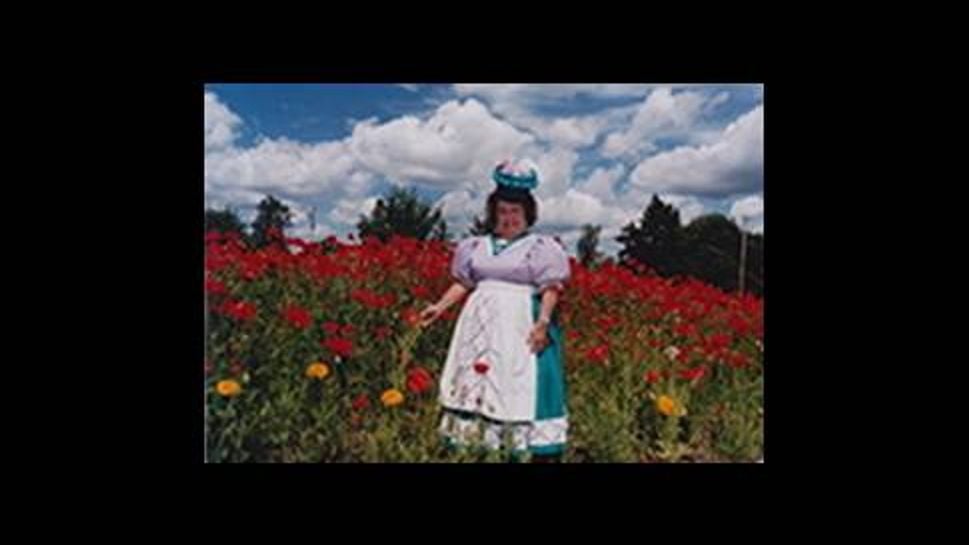
"Wake up you sleepyhead, rub your eyes, get out of bed. . ." One of the actual "sleepyhead" Munchkins, Margaret Pellegrini, has been a special guest at Judy's house in Grand Rapids, Minn., for nearly 20 years. Born in 1923, Pellegrini is one of the three surviving Munchkins. Sadly, they are all too frail to make the trip to Minnesota anymore.

A riverboat captain built the frame house that would become Judy Garland's home in 1892. Judy's parents bought it in 1914 and lived there with their three daughters until 1926. In 1994, after being purchased for $100,000, the house was moved to its current location; it was opened to the public two years later. Its restoration, which cost $200,000, was based on old photographs like this one.
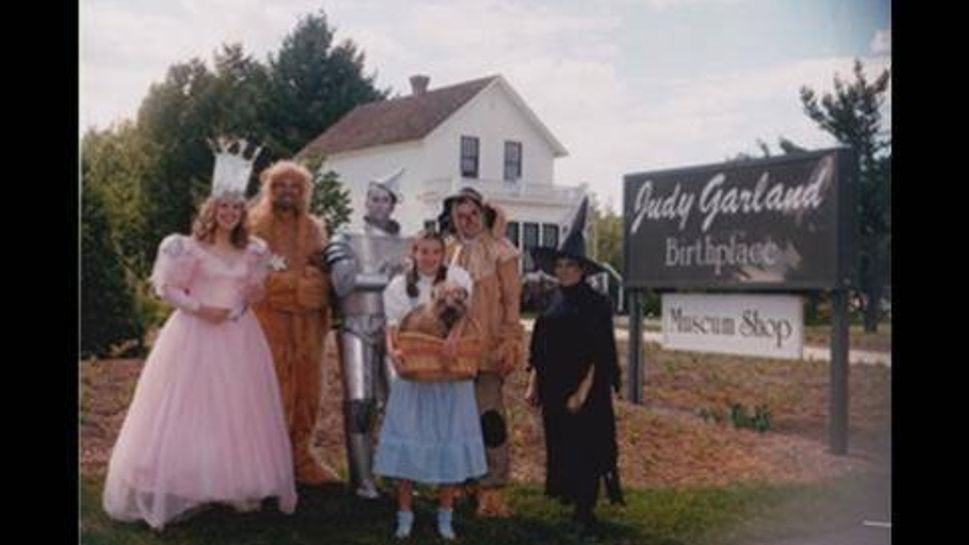
Grand Rapids residents dress up as characters from The Wizard of Oz, including Toto. They are seen here in front of Judy Garland's childhood house. Each year between 18,000 and 20,000 fans visit the museum.

This Metro Goldwyn Mayer publicity photo of Judy Garland was taken in the mid-1940s, at the height of her career. In the Judy Garland Museum, you can see early stylized portraits of Judy by the legendary Hollywood photographer George Hurrell. At the time, MGM was trying to turn her into a glamour-puss a la Lana Turner and Hedy Lamarr. Here she looks like the real Judy.
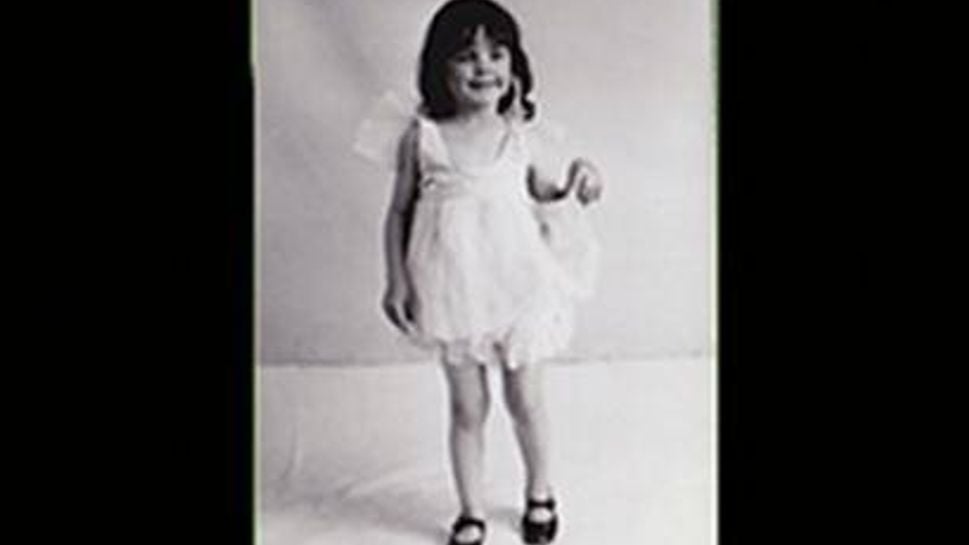
This early photograph of Judy Garland was taken when she was known as "Baby Frances." Her white net dress was made by her mother, Ethel, for the budding performer's first show at the New Grand Theater in Grand Rapids on Christmas, 1924. The entire Gumm family would perform at the New Grand between showings of silent films. Judy's father, Frank Gumm, was a part owner of the theater. Ethel accompanied the films on the piano.
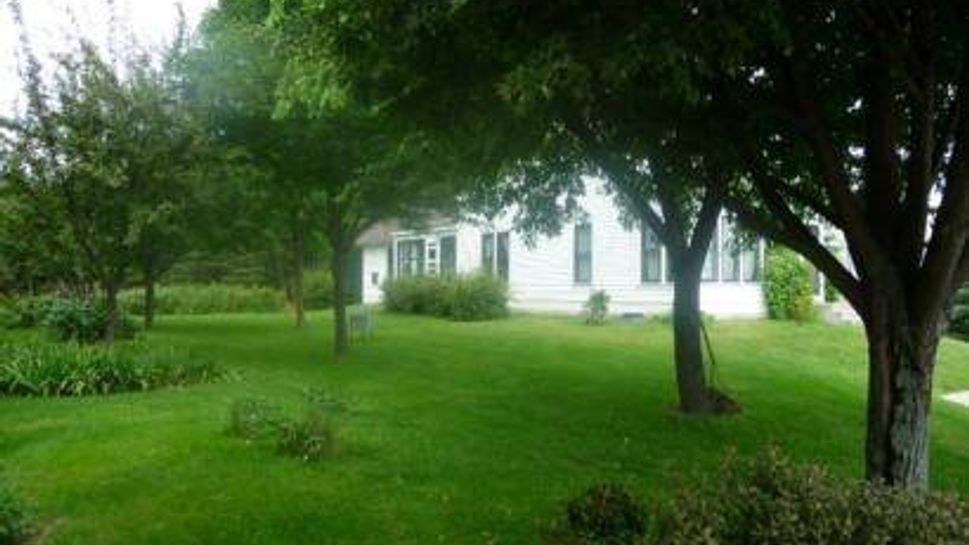
Surrounding the restored house is the Memorial Garden, completed in 1997. If you feel worn out by the long drive to Grand Rapids, you can sit under an apple tree near a likeness of the Scarecrow. Warning: Don't pick the apples, as you know what can happen.
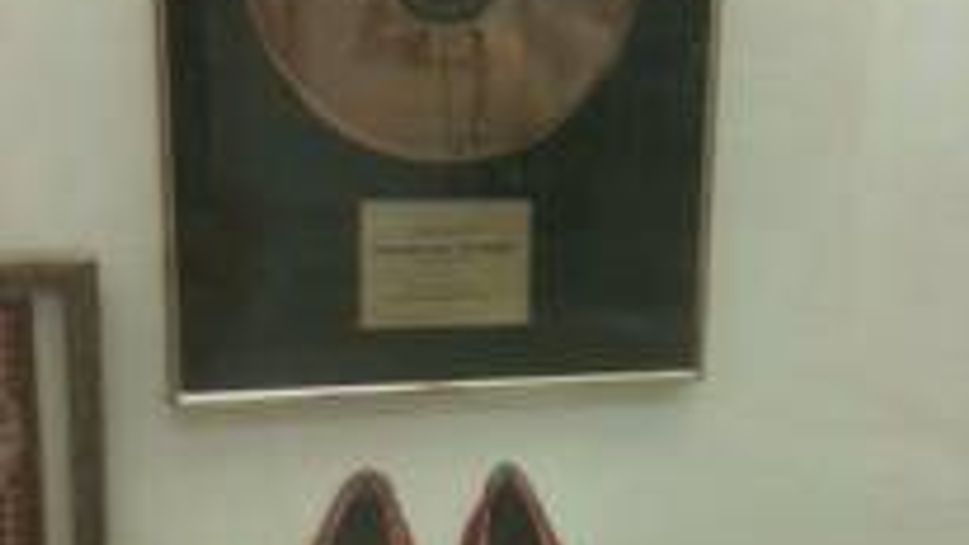
Dorothy's ruby red slippers from The Wizard of Oz are on display at the Judy Garland Museum. They aren't the actual slippers, though — the originals were stolen from the museum. There are four pairs known to be in existence. In the 1970s, a boxful of them were found, but they quickly disintegrated: The shoes were made as a prop, not to last.

The infant Judy Garland (then Frances Ethel) with an Indian drum. Of her early days in Grand Rapids, Minn., she told an interviewer in 1960: "I do remember it was a terribly happy, terribly happy, and possiblity the only kind of normal, carefree time in my life."
In the smash Broadway play The End of the Rainbow, the last months of Judy Garland’s life are depicted as desperate and grueling. Having seen the show in Minneapolis last spring, during its pre-New York run, I wanted to get another perspective on the beloved, tortured performer.
Forty-three years after Garland’s death in London from an accidental overdose of barbiturates, she still fascinates us. In addition to the Broadway play, a Hollywood biopic starring Anne Hathaway is in the works. Called Get Happy, it’s based on Gerald Clark’s 2000 biography.
Curious about Garland's humble beginnings, I decided to take a road trip to the beginning of the rainbow, which happens to be 180 miles from Minneapolis, where I live. The performer was born on June 10, 1922, in Grand Rapids, Minn. Located at the northern end of the Mississippi River, this rural logging town seems a more fitting birthplace for the Tin Woodsman.
It’s here you can visit the Judy Garland Museum, which houses the world’s largest collection of the star’s memorabilia. The museum consists of an exhibition gallery and the house where Garland — then known as Frances Ethel Gumm — lived until she was four-and-a-half. The white frame house looks a lot like Dorothy's Kansas farmhouse. The gallery and house are connected via a corridor whose cement (not brick) floor is painted yellow.
The complex also offers a children's museum, which has a large taxidermy display of wild animals, including a lion (not that lion, one hopes).
The museum is open seven days a week in the summer, 10 a.m. to 5 p.m. After Labor Day, the schedule is more limited.
(More: Road Trip: 3 Art Outposts Paint a New Picture of the South)
Getting There: "Now Which Way Do We Go?"
Had I known how difficult it would be to reach Grand Rapids from Minneapolis, I would have hitched a ride on the next twister heading north. Mostly because of roadwork, it took me five hours to get there and even longer to get back. Still, it’s a scenic drive on U.S. Route 169, a two-laner that cuts through piney forests and past glacier lakes filled with bass and walleye. Unlike the Yellow Brick Road, the highway for the most part follows a flat, straight line.
Registered as a "Minnesota non-profit educational corporation," the Judy Garland Museum is not located in the historic downtown area of Grand Rapids, or in one of the town's old residential districts with Victorian houses and tree-lined streets. You'll find the museum in the southern outskirts of Grand Rapids, alongside a congested section of 169 that’s populated with recently constructed motels, chain stores and fast-food joints.
Garland did not, however, grow up across the highway from the Home Depot. Originally built in 1892 by a riverboat captain, the Gumm residence was moved from southwest Grand Rapids (where a shopping mall nows stands) to its current site in 1994. (Its purchase price of $100,000 was split between two donors). After two years of restoration, the house was opened to the public in 1996. The Judy Garland Gallery and kid's museum opened seven years later in 2003.
Judy's parents, Frank and Ethel, purchased the house in 1919. Frank, who was said to have a beautiful tenor singing voice, was a part owner of the defunct New Grand Theater (the pillars and supports of the theater still remain, though stores have been built on top of them). Ethel provided piano accompaniment for the silent films that showed there. In between showings of films, the entire Gumm family — including Judy’s two older sisters, Mary Jane and Dorothy Virginia —would perform vaudeville acts. "Baby Frances," as she was called, reportedly outshone all of them.
Seeing Judy's Career in Retrospect
To get into the house, you must first go through the Judy Garland Gallery. You may not think you’re in Grand Rapids anymore.
Upon entering the bright open space, you encounter a large video screen, where black-and-white clips of an adult Garland singing, dancing and telling funny stories are on a continuous loop. Much of the footage is from The Judy Garland Show, which ran on CBS from 1963 to 1964, before being cancelled. (Judy’s luck, it was on Sunday nights opposite Bonanza.) The show’s minimalist set consisted mostly of a stage and runway lights. But as evidenced here, Garland didn’t need much more than that. You can see why Fred Astaire called her "the greatest entertainer who ever lived." Her guest stars included other greats like Tony Bennett, Lena Horne, Bobby Darin and a pre-Funny Girl Barbra Streisand (who is now listed as a $5,000 museum donor).
(More: How Marilyn Monroe's Vocal Coach Taught Me to Sing)
The gallery offers an impressive collection of Garland artifacts, including her test dress from The Wizard of Oz, her boots from The Harvey Girls and gold records. A note alongside the Judy Garland: Live at Carnegie Hall double-vinyl album reminds us just how popular she once was: The album topped the charts for 13 weeks in 1962 and won a Grammy for Album of the Year. Next to a matching gold necklace and bracelet worn by Garland is a note of authenticiation from its donor, her fifth and last husband, the late Mickey Deans.
Dominating the gallery is the black iron carriage used in The Wizard of Oz — pulled by the horse of a different color and driven by Frank Morgan, it’s featured in the scene where the doors to the Emerald City are first opened to Dorothy, the Scarecrow, the Tin Woodsman, the Cowardly Lion and Toto. Built during the Civil War, the carriage was originally owned by President Abraham Lincoln.
There’s even a giant Winkie sword. ( “O-Ee-Yoh! Eoh-Ah!”)
The Slippers That Slipped Away
And on a pedestal in a locked glass case is the crowning jewel of the Judy Garland Museum: Dorothy’s glittering, ruby red slippers!
Well, not exactly. Like the Wizard, they aren't what they seem.
But the original shoes used to be there, if only for a few months.
In the early morning of August 28, 1995, a real-life Wicked Witch of the West broke into the museum and absconded with the treasured ruby-reds before the security alarm could even sound. A suspect has never been caught or even named.
During filming of The Wizard of Oz, Garland wore a number of pairs of ruby slippers. Four pairs were still known to be in existence, including two in a private collections and another exhibited at the Smithsonian. The last time a pair of authentic ruby red slippers went to auction, they sold for more than $2 million.
The shoes stolen from the museum were on loan from a former MGM child actor named Michael Shaw, who had bought them in the 1970s and considered himself their special guardian. In the early 1980s, according to an account in Minnesota Monthly magazine, Shaw showed them to a dying AIDS patient at UCLA Medical Center in the early 1980s. After the patient touched the magical slippers, his face lit up with joy. He died peacefully a few hours later.
Shaw brought a lawsuit against the museum, but it was settled out of court. “The museum was not found liable in any way. The insurance paid all of our legal fees,” said the museum’s executive director, John Kelsch. “It teaches us a lesson: We can’t have something that valuable. We’re just a little mom-and-pop museum.”
Even More Reasons to Visit
In the entryway are photographs of celebrities who knew Garland and over the years have come to Grand Rapids to honor her. Margaret Hamilton, the Wicked Witch of the West, flew in for Grand Rapid's celebration of The Wizard of Oz’s 40th anniversary in 1979 (presumably not on a broomstick). Mickey Rooney and Margaret O’Brien have each made three pilgrimages. More than a few Munchkins have found their way here. In 1990, Grand Rapids was the site of the Grand Munchkin Reunion, when 13 of the cast members came to visit. "It was wonderful: Munchkins were everywhere you looked," says Kelsch. "Sadly," he adds, "there are only three still alive and they’re getting too frail to travel."
Some 18,000 to 20,000 Garland fans and Wizard of Oz lovers visit the museum each year.
Expect even more fans to stop by next summer — that's when Hollywood will release the big-budget prequel Oz: The Great and Powerful. Starring James Franco as the Wizard, it tells the story of how he got over the rainbow before Dorothy.
The summer of 2014 will mark the 75th anniversary of the 1939 classic. To celebrate, the Garland museum will present a new exhibit. "We just acquired a 3,000-piece Wizard of Oz collection from a man in Indiana," says Kelsch.
As for Garland, she returned only once to her birthplace, which she had left in 1926 when her family relocated to California. In 1938, at age 16, she came by train with her mother. Whenever interviewers asked Garland about her younger years in Grand Rapids, she never said a discouraging word, remembering it as "a beautiful, beautiful town" and "possibly the only kind of normal, carefree time in my life." In a letter to her fans that appeared in a 1958 movie magazine, she wrote: "Basically, I am still Judy Garland, a plain American girl from Grand Rapids, Minnesota."
After seeing Garland implode in The End of the Rainbow, my visit to the museum proved just the antidote I needed. I left smiling, in awe of her gifts and spirit.
“We take pride in the fact that Judy Garland spent her formative years in Grand Rapids,” says Kelsch, himself a native of the Midwest “She’s such a part of the American experience. We don’t like to dwell on the negative aspects of her life. We’re more interested in her vaudeville history and her successes.”
See, Judy, there really is no place like home.
What to Do in Grand Rapids
If you're planning to visit Grand Rapids (pop: 11,000), here are my recommendations:
Getting there: The Grand Rapids/Itasca County Airport is a few blocks from the Judy Garland Museum, but there are currently no commercial flights in or out of it. The nearest commerical airport is in Hibbing, 35 miles to the northwest. The easiest drive to Grand Rapids is from Duluth, about 90 minutes by car. Delta Airlines has continuous daily flights between the Twin Cities and Duluth. If there's no road construction, the trip north on Route 169 should take 3.5 hours.
Restaurants: You're not going to find haute cuisine in Grand Rapids. Everyone says the town's best restaurant is Cedar's Dining Room in the Saw Mill Inn Hotel on Route 169, a short walk from the museum. I recommend the broiled or baked walleye, which is caught locally. My favorite place to eat, however, is a smartly designed, retro coffeehouse called Brewed Awakenings at 24 Northeast 4th Street. It serves excellent sandwiches, soups, made-on-the-premises pastries and the best ginger molasses cookies this side of the Emerald City. If you're driving to Grand Rapids from Minneapolis on 169, make sure you stop for lunch at The Farm Market Cafe at 108 Wall Street in the tiny town of Onamia. Its salads, soups and pies are prepared daily from freshly picked ingredients from local farms. I had the endive and radish salad and homemade chocolate chip ice cream.
Lodging: There are no fancy hotels, just motels, along 169. I stayed at the Country Inns and Suites next door to the museum. If you have vacation time, check out some of the nearby cabins, resorts and lodges.
Day trips: Grand Rapids abuts the Chippewa National Forest. Be sure to take an excursion on Route 38, also known as the Edge of Wilderness Scenic Byway. It goes from Grand Rapids to Effie, Minn., about two hours away. Along Route 38, there are plenty of small and medium-sized lakes where you can pull off the road and take a dip — which I did. Shortly before arriving in the little town of Marcelle you go over the Laurentian Divide (elevation: 1,524 feet), which marks the point where flowage goes either south to the Gulf of Mexico or north to the Hudson Bay. It's as cool as anything Dorothy encountered on the YBR.
Water, Water Everywhere: Itasca County has more than 1,000 lakes for boating, fishing and swimming, including Pokegama Lake, just minutes from Grand Rapids, which covers more than 6,700 acres. The lake waters are said to be among the purest in the world.
Golf: Grand Rapids boast three first-rate golf courses: Sugarbrooke, Pokegama and Eagle Ridge.
Other Grand Things to Do: Check out the Forest History Center, where you can experience life in a logging camp, and Hill Annex Mine State Park in Minnesota's Iron Ore Range, where you can take open-pit mine tours. On the last three weekends of July (Thursdays, Fridays and Saturdays at 9 p.m.), you can attend the Mississippi Melodie Showboat, which presents live musical theater on the banks of the Mississippi. The stage is an actual riverboat. I didn't go, but according to the ice-cream server at Bridgeman's Embers America (I highly recommend the butter brickle), "The show's okay, just bring plenty of DEET." For more options, including biking and camping, go to these links: Minnesota State Parks/DNR Information, Minnesota State Parks Trails and Reservations, Minnesota Department of Natural Resources, and Explore Minnesota Tourism.
Etc.: For seasonal happenings, consult the The Grand Rapids Chamber of Commerce Events Calendar.
15 Little Museums for 15 Big Stars
Here are links to the websites of some other museums dedicated to the stars:
Janis Joplin Musuem, Port Arthur Tex.
Hank Williams Museum, Montgomery, Ala.
Elvis Presley's Graceland, Memphis, Tenn.
Liberace Museum, Paradise, Nev.
Lucille Ball/Desi Arnaz Center for Comedy, Jamestown, N.Y.
Louis Armstrong House, Corona, Queens, N.Y.
Bing Crosby Museum, Gonzaga University, Spokane, Wash.
James Dean Gallery, Fairmount, Ind.
Gene Autry Oklahoma Museum, Gene Autry, Okla.
Will Rogers Museum, Claremore, Oologah, Okla.
Jim Nabors Memorabilia Collection/Isabel Anderson Comer Museum, Sylacauga, Ala.
Peggy Lee Exhibition/Midland Continental Depot Transport Museum; Midland, N.D.
Willie Nelson Museum, Nashville
Ava Gardner Museum, Smithfield, N.C.

